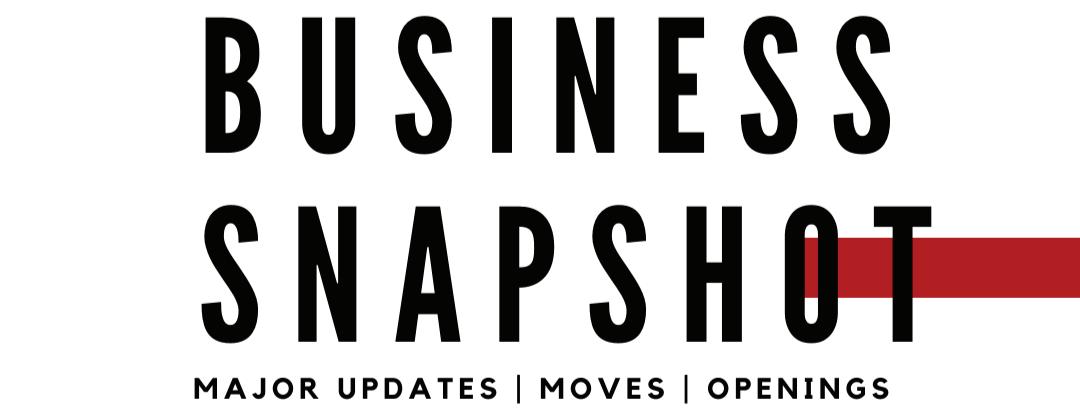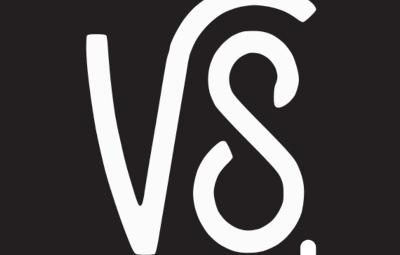
5 minute read
The Sauk County Gardener
February Tasks to bring our Gardening Ideas to Life
Jeannie Manis, Wisconsin Certified Master Gardener
“The color of springtime is in the flowers, the color of winter is in the imagination.”
— Terri Guillemets
Here we are, on the cusp of February. As I write this, there is a good amount of snow on the ground outside, making it hard to believe that spring will be here before we know it. Believe it or not, there are plenty of things you want to do in February so you’re ready for spring planting.
Now is the time to get your seed starting setup organized so you are ready when it’s time to start planting seeds. This means checking that all your lights and heat mats work, you have plenty of seed starting mix, and that you’ve set up somewhere it won’t make a difference if things get wet. I speak from experience, last year I needed more room than I had on my
2023 All-American Winners
“A vegetable garden in the beginning looks so promising and then after all little by little it grows nothing but vegetables, nothing, nothing but vegetables.”
— Gertrude Stein
I spent some time this past weekend researching what seeds and plants I’m going to grow this year in my gardens. I not only like to look through seed catalogs, but I also like to consider the annuals, perennials and vegetables that were selected as the All-American Selections (AAS) for the year. I like to consider planting AAS winners for my gardens as they are “tested nationally and proven locally.” When I select them for my garden, I can expect to have exceptional garden performance. Last year, I purchased two Pepper Pot-a-peno plants that were 2021 All-
5-shelf seed-starting system. I covered our pool table with what I thought was a waterproof cover and set up my extra lights and heat mats. It turned out that I was wrong about the waterproof cover, and Scott had to do a bit of work to fix the damage I did to the felt. I’m not sure he’s going to let me use it again this year.
Review the seeds you plan to plant this growing season to see if and when they need to be started indoors. Our last expected spring frost date in the Baraboo area this year is May 12. Use that date and count backwards to figure out how soon you have to start seeds. I’m waiting for my artichoke seeds to arrive to get them started as they have a very long growing season and will need a good head start. Impatiens, vinca, pansies, and geraniums should be started from seed about the second week of February. The same goes for leeks and onions if
American Selections and had so many jalapenos I had to find homes for all my extras.
This year’s winners are definitely worth trying to track down. The first one I’d like to tell you about is Coleus Premium Sun Coral Candy. This multicolored coleus is the first seed coleus to ever win. The color is spectacular and holds its color well, even when grown in full sun. I was particularly excited by the fact that only three seeds are needed to produce enough foliage to fill a 14-26” container.
Another ornamental winner that I’m excited about is the Colocasia Royal Hawaiian Waikiki. Another name for a Colocasia is elephant ear and I use them a lot in my shade garden containers. This one has large glossy leaves with pink veins and creamy white centers, deep burgundy stems.
The Shoppe at Herbs Spices and More (7352 US Highway 14, Arena) is excited to announce the return of their popular soup and bread offerings. Customers can visit the store on Saturdays from 10am-4pm to purchase their selection or pre-order by calling 608-753-9000. The Shoppe offers a wide variety of soups and breads to choose from, which can be viewed on their website at www.herbsspicesandmore.com/soup. Owners Kate and Bob McQuade invite customers to come in and see what's available or to pre-order for convenience.
Have major updates to your business? Moving? Opening? Re-opening? Offering something you don’t normally offer during your regular course of business or having a pop-up?
Please submit your updates for consideration as we try to flesh out what this will look like and how to best drive engagement for our business community: editor@valleysentinelnews.com you’re starting them from seed.

Remember, marketing is an important part of any event and business budget. These updates don’t replace advertising, but we’re happy to offer them as a business community service.
January and February are also a great time to do some winter-sowing for seeds that need a chilling period/ stratification, or scarification. Stratification is a technique that mimics the winter conditions (i.e. long periods of cold temperatures) so the seeds will know when to germinate. Scarification cracks or weakens a seed’s tough shell. Perennial examples include: coneflower, black-eyed or brown-eyed Susan, foxglove, blanket flower, butterfly weed, milkweed, speedwell, tickseed, bee balm, and delphinium. Some hardy annuals to consider include Mexican sunflower, cosmos, Canterbury bells, cornflower, larkspur, china aster, calendula, sweet peas, snapdragon, and lupine. If you want to learn more about wintersowing, visit https://extension.psu. edu/winter-seed-sowing.
It's also time to start your tuberous begonias in pots. Check on your
Bonus - it’s a lush, compact plant that holds up in wind and rain.
Two new perennials made the 2023 list. The first new perennial to consider is Echinacea Artisan Yellow Ombre. The plant produces a prolific number of vibrant, golden-yellow blooms. Add this one to your garden if you want to have a low-maintenance, long-blooming, pollinator magnet.
The Leucanthemum Carpet Angel is a groundcover Shasta Daisy. This 3-inch flower with a frilly inner white bloom is only six inches tall but spreads to 20 inches wide. Both are hardy in zones 4a to 10b.
In the vegetable category, I’d suggest that local gardeners consider planting the Zenzei tomato. It’s a high-yielding, indeterminate Roma tomato that’s great for canning and freezing. It’s been developed to be more diseaseresistant to spots and blossom end dahlias, geraniums, and other stored fleshy rooted plants for rot and desiccation. Toss any bad ones so they don’t spoil the rest. Take a walk outside and assess your trees and shrubs to see if any need pruning. It’s best to prune them when they are dormant. rot. The plants also don’t need to be pruned. Another vegetable to consider is the squash kabocha Sweet Jade. What’s neat about this squash is the size. It’s essentially a single serving, (1-2 pounds), has high yields and stores wells, making it a great choice for gardeners who don’t want to produce large-sized squash. If you like watermelon, consider the Rubyfirm Watermelon. It’s a small, sweet, personal-sized watermelon, just the right size for one or two people. There are several other plants that made the 2023 All-American Selection list. To learn more about this year’s and past year’s selection, visit www.all-americaselections.org. You can also learn about the selection process, where to buy winners, and where the display gardens are where you can see the newest AAS winners growing.
Finally, make plans to attend PBS Wisconsin’s Garden & Landscape Expo, February 10-12, 2023. This three-day event offers educational presentations, access to UW-Madison Extension horticulture experts, garden vendors, and more. It’s a great way to beat the winter blues while you wait for spring to arrive.
If you have any gardening questions, please contact the Extension Sauk County by emailing to trripp@ wisc.edu or calling the University of Wisconsin Madison Division of Extension Sauk County office at 608355-3250.








